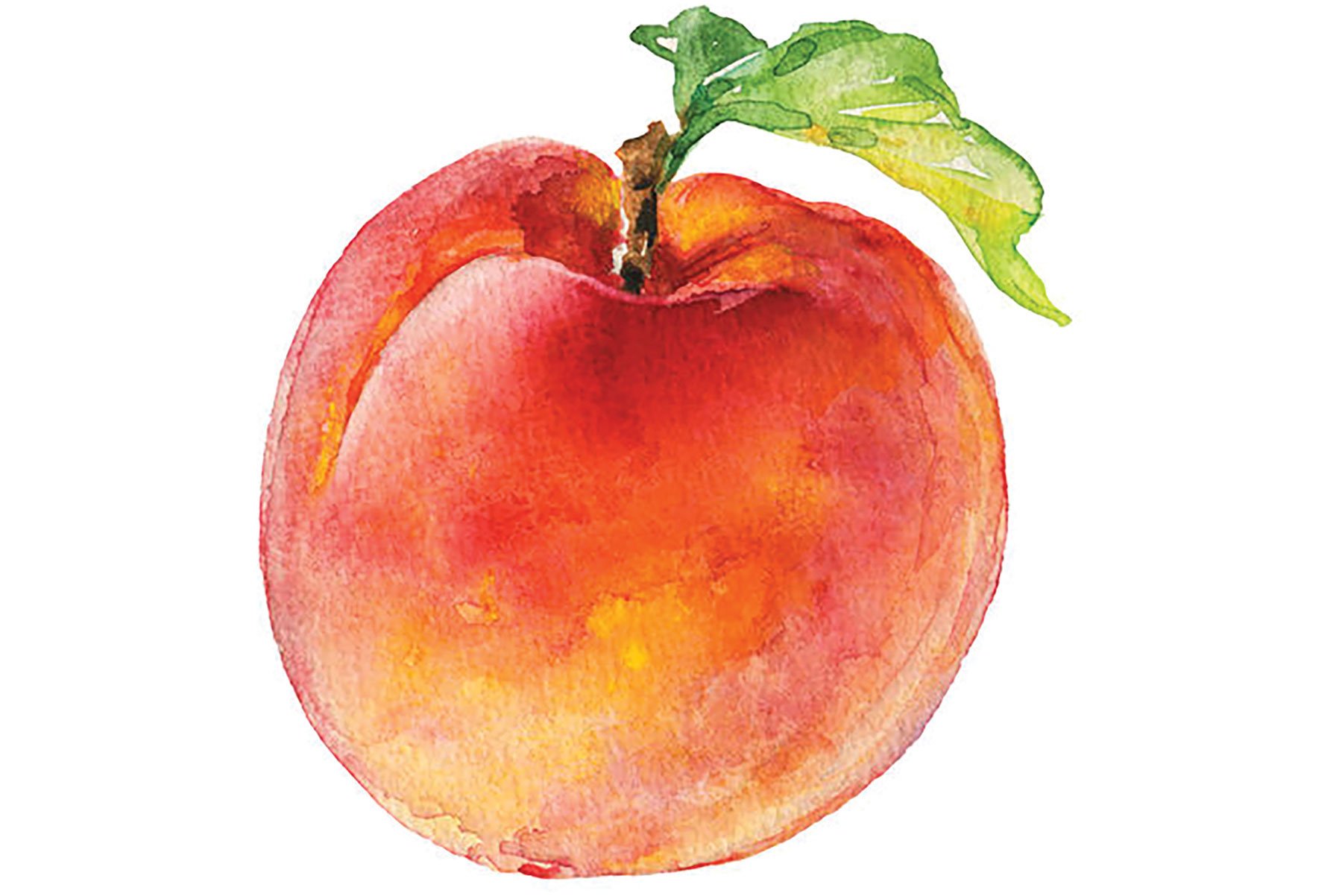
Peachy Keen in California
During these hot summer months, perhaps the most eye-catching produce at the local farmers’ market are the bright, juicy peaches set like gemstones among rows of varied stone fruit. It’s a welcomed sight and a visual cue that summer has arrived.
This sweet, fuzzy, familiar fruit, however, has a bitter symbolic past. As fruit horticulture grew in popularity in the late 1800s, peaches represented a class divide between the higher-class white landowners and Black farm laborers who were essential to the crop but couldn’t afford to start their own orchards. Throughout the mid-19th century, all classes used peaches in various ways. Southern farmers distilled peaches into brandy; growers hosted a peach blossom festival during the harvest season; and runaway slaves prepared their escape in the vacant orchards.
And this is just the start to everything peaches can teach us, past to present. Here are a few more facts we dug up:
- Despite Georgia’s nickname of “The Peach State,” it’s California that produces the most peaches in the U.S., growing about two-thirds of the quantity seen in markets and grocery stores today. In 2019, for instance, Georgia produced around 40,000 tons of peaches whereas California supplied almost 500,000 tons.
- Peaches come in two different varieties: freestone and clingstone. The type indicates the distance between the fruit’s flesh and pit. It’s easier to remove the flesh of freestone peaches, while clingstone peaches are more stubborn in letting their flesh be detached.
- When choosing the perfect peach, the fruit should smell sweet and the skin should feel fuzzy and tightly stretched, rather than wrinkled around the outside. To ensure a peach is ripe, slightly press on the skin; it should give slightly. If your peaches feel too firm to the touch, wrap them in a paper bag or set them in direct sunlight to help accelerate ripening.
- Peaches can turn brown shortly after being sliced and left in the refrigerator. Although this color change results from a natural chemical process, it can be slowed. Squeeze a bit of an acidic juice, such as lemon, lime or orange, or even white balsamic vinegar, over the peach slices before covering and refrigerating them.
- Need a reason to smile? Peaches contain naturally occurring fluoride, which is a common ingredient in toothpaste. This mineral helps to keep teeth clean by eradicating cavity-causing germs in the mouth.

